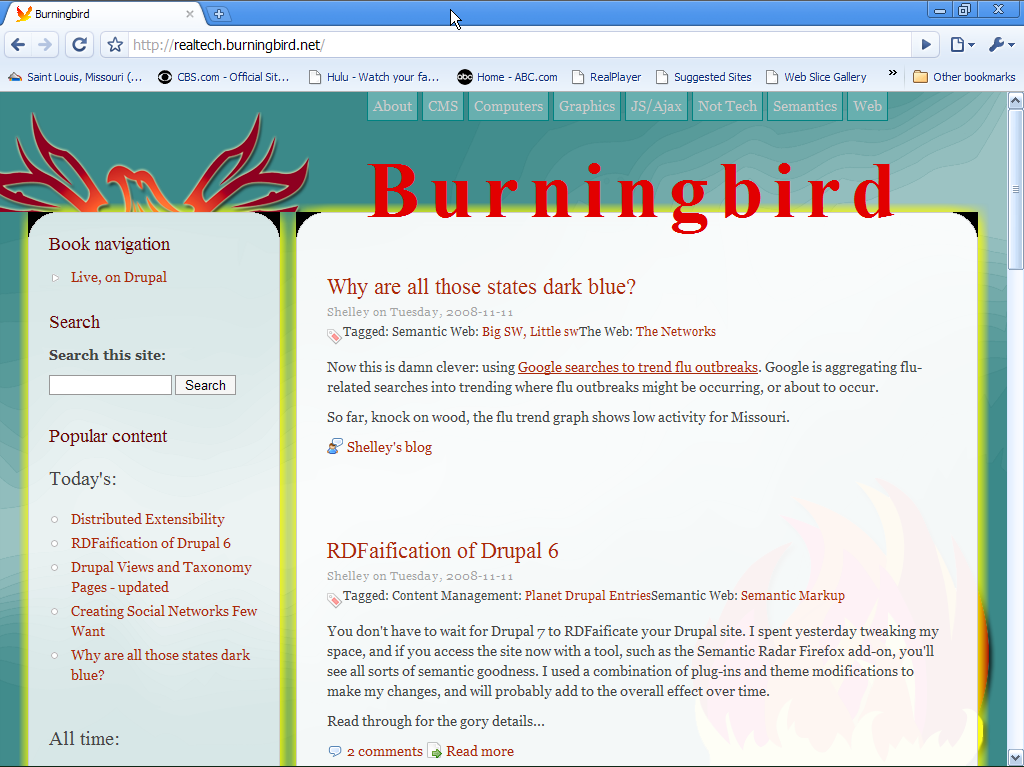Not long ago, Tim O’Reilly posted a discussion thread about the importance of practice, and one of the participants in the thread, my long-time editor, Simon St. Laurent, reiterated his interest in practicing this year—both on the trumpet, and in his coding.
I never left programming the way I left trumpet. I simply stopped playing trumpet after eighth grade. I’ve gone back and forth with programming since sixth grade, getting totally into it for a year or two at a time and then departing out of frustration, distraction, or the need to do something else. At O’Reilly, I’m exposed to programming constantly – I edit and write computer books after all! – but editorial is a long ways from actually programming. Even writing books about programming is a seriously meta- activity, one that requires more attention on the communications than on the code. (The code has to be right, but – though this may depend on the audience – the explanations have to do a lot more than the code.) My work isn’t programming practice.
One place I practice is with this site. I still have hopes that I can transform my work with this site into some paying work. At a minimum, I enjoy the tweaking and it keeps me occupied.
In addition, I also frequently re-design this site. Doing so allows me to explore new uses of technology, such as the use of SVG for site design, and JavaScript and RDFa in support of semantics. The practice also helps me improve my use of XHTML and CSS, including how to deal with IE without necessarily having to incorporate massive amounts of workaround code. Luckily, the “in” design concepts today are based on a minimalist design, so if my site is legible and clean in IE, it doesn’t matter if it’s plain.
I’m not practicing with every hot technology; I’ve made choices with how I spend my time. Yes for PHP, Python, JavaScript, CSS, SVG, RDFa, various web services, and XHTML. No on .Net, Ruby, Java, and cloud computing. A maybe on HTML5 and C++. Not necessarily the best decisions, perhaps, as Java and .Net are where the money is made, and the folks in Silicon Valley drool when you mention “cloud”, but I really don’t like the technologies or the environments.
Practice is essential for keeping our skills sharp, but that’s not the only reason it’s important. It’s also a way to constructively deal with the constant barrage of unhappy news we’re subjected to. We may not have any control over warring nations, global warming, or the state of economy, but we do have some control over how we live our lives. And that includes finding pieces of ourselves that can be improved with practice.

